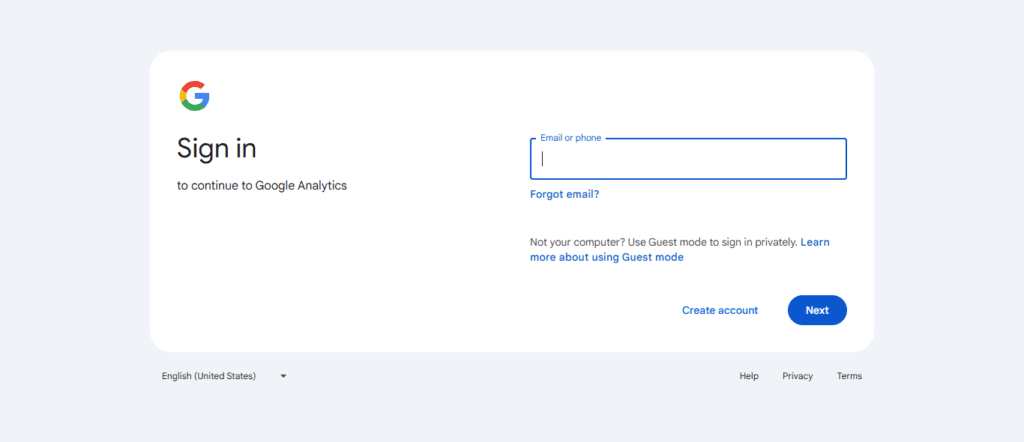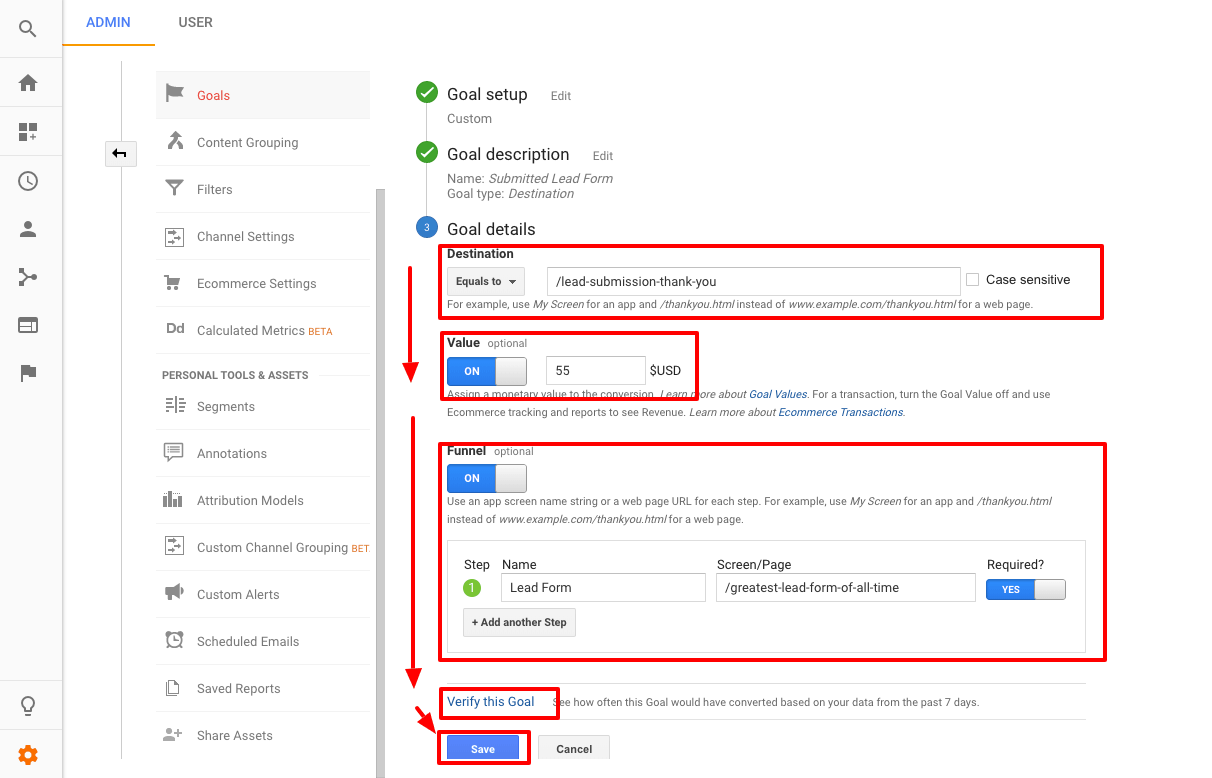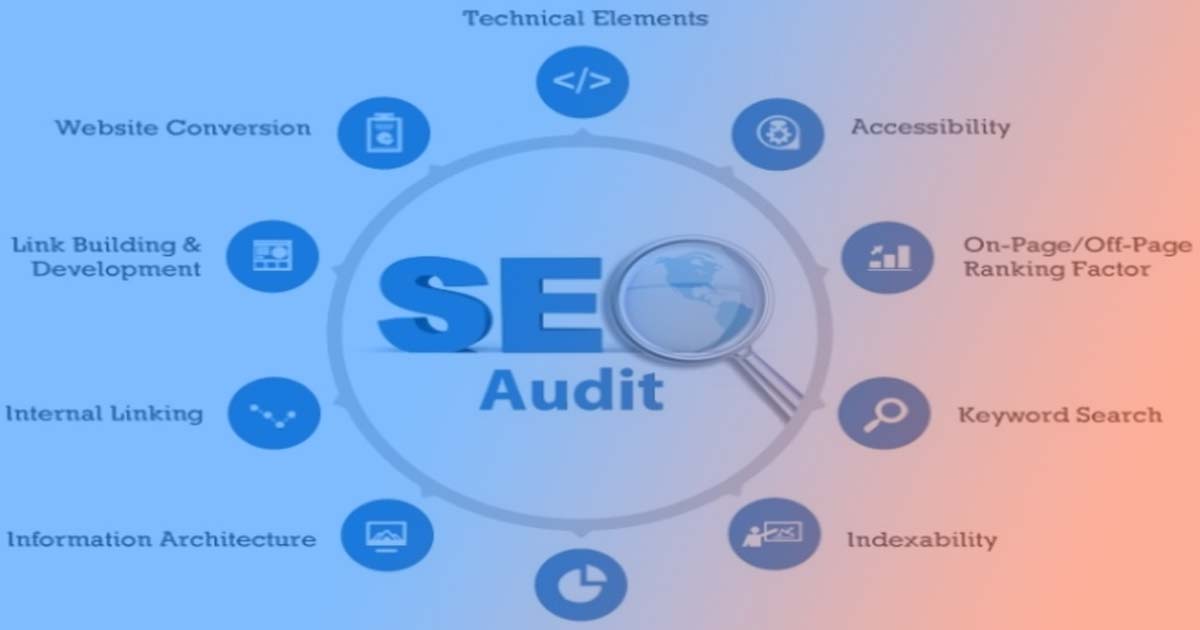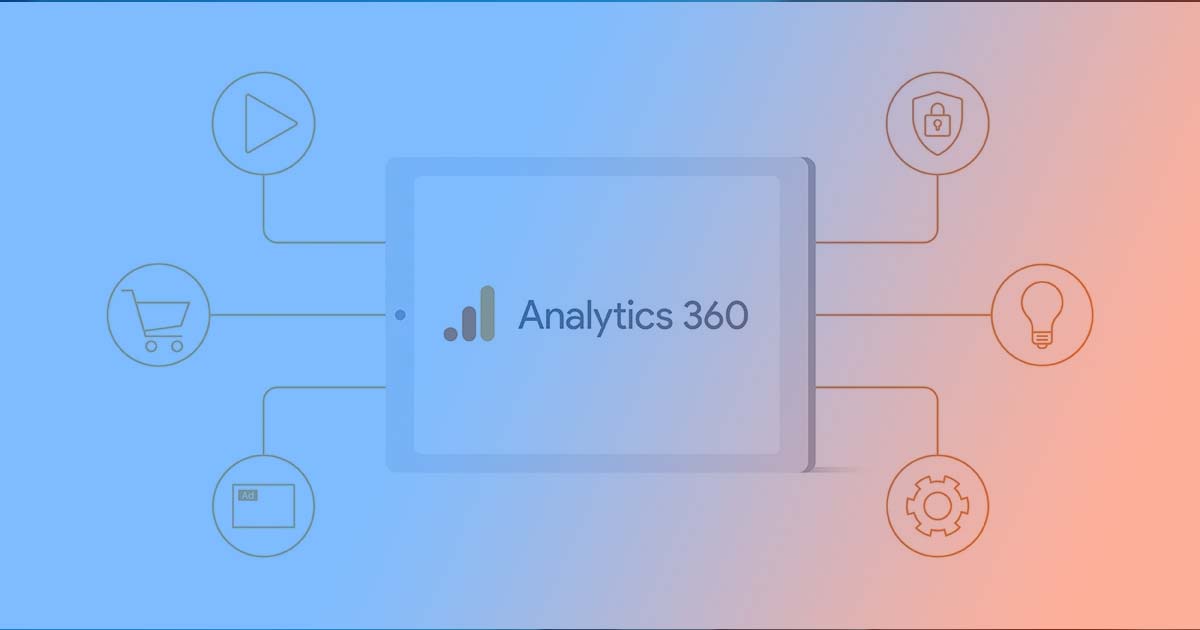Google Analytics is a powerful web analytics platform that provides insights into website performance, user behavior, and digital marketing strategies. By leveraging its advanced tools, businesses can make informed decisions, optimize their digital presence, and achieve measurable growth. This guide dives into everything you need to know about Google Analytics, offering detailed insights into its features, benefits, and practical applications.
What is Google Analytics?
Google Analytics is a web-based analytics tool offered by Google that tracks and reports website traffic, user interactions, and campaign performance. It enables businesses to monitor how users find their website, how they engage with content, and how well the site converts visitors into customers. With a wide range of metrics and reporting capabilities, Google Analytics is an essential tool for any organization aiming to optimize its online strategy.
Key Features of Google Analytics
1. Real-Time Data Tracking
Google Analytics provides real-time data on user activities, enabling businesses to see:
- Current website traffic.
- User interactions with specific pages or features.
- Active user locations and devices.
2. Audience Insights
Understand your audience with detailed demographic and behavioral reports, including:
- Age, gender, and interests.
- Geographic location.
- Frequency of visits and user loyalty.
3. Acquisition Metrics
Track how users are reaching your website through:
- Organic search.
- Paid advertisements.
- Social media referrals.
- Direct traffic and email campaigns.
4. Behavior Analysis
Get insights into how users interact with your site by monitoring:
- Popular pages.
- Average session duration.
- Bounce rates and exit rates.
5. Conversion Tracking
Measure your site’s performance in driving valuable actions with the following:
- Goal tracking.
- E-commerce reporting.
- Attribution modeling to identify effective marketing channels.
6. Integration with Other Tools
Google Analytics seamlessly integrates with platforms like Google Ads, Google Search Console, and third-party tools, enhancing your data analysis capabilities.
Benefits of Google Analytics
1. Enhanced Decision-Making
With accurate data and actionable insights, Google Analytics helps businesses:
- Identify trends and opportunities.
- Improve website usability and design.
- Allocate marketing budgets more effectively.
2. Better User Experience
Analyze user behavior to:
- Identify pain points in the customer journey.
- Optimize website navigation and content layout.
- Reduce bounce rates and increase engagement.
3. Improved ROI on Marketing Campaigns
Google Analytics allows businesses to:
- Monitor campaign performance in real time.
- Adjust strategies for better results.
- Identify high-performing channels and allocate resources accordingly.
4. Scalability for Businesses of All Sizes
Whether you’re running a small business or managing an enterprise, Google Analytics offers customizable reports and tools to meet your needs.
How to Set Up Google Analytics
1. Create a Google Analytics Account: Sign up using your Google account credentials.

2. Set Up a Property: Add your website or app as a property to track its performance.
3. Install the Tracking Code: Embed the provided tracking code into your website’s header section.
![]()
4. Define Goals: Specify key actions, such as form submissions or purchases, to measure conversions.

5. Link Other Google Tools: Integrate Google Ads, Search Console, and other platforms for a holistic view of performance.

Advanced Reporting and Analytics
1. Custom Reports
Create tailored reports to:
- Highlight specific KPIs.
- Focus on user segments.
- Monitor campaign performance in detail.
2. Funnel Visualization
Track the customer journey from initial contact to conversion:
graph LR
A[Visitor Lands on Website] –> B[Browses Products/Services]
B –> C[Adds to Cart]
C –> D[Proceeds to Checkout]
D –> E[Completes Purchase]
3. Attribution Analysis
Understand how different marketing efforts contribute to conversions using:
- First-click attribution.
- Last-click attribution.
- Data-driven attribution models.
Google Analytics 4 (GA4): The Future of Analytics
Google Analytics 4 represents the next generation of analytics with features such as:
1. Event-Based Tracking
Unlike Universal Analytics, GA4 uses an event-based model, allowing for more detailed tracking of user interactions.
2. Cross-Platform Measurement
Track user behavior across websites, apps, and other digital platforms in a single interface.
3. Enhanced Privacy Features
GA4 complies with modern privacy regulations, offering features like:
- Cookieless tracking.
- Data retention controls.
4. Predictive Insights
Use machine learning to gain predictive metrics, such as:
- Purchase probability.
- Churn likelihood.
Everyday Use Cases of Google Analytics
- E-commerce Performance Tracking: Monitor sales, revenue, and customer behavior.
- Content Optimization: Identify top-performing content and areas for improvement.
- Marketing Campaign Evaluation: Measure the ROI of email, social media, and ad campaigns.
- SEO Performance Monitoring: Analyze organic traffic, keywords, and SERP rankings.
Conclusion
Google Analytics is an indispensable tool for businesses looking to understand their audience, optimize their online presence, and make data-driven decisions. Its robust features, coupled with seamless integrations and scalability, make it suitable for organizations of all sizes. By effectively leveraging Google Analytics, businesses can gain a competitive edge in today’s digital landscape.






